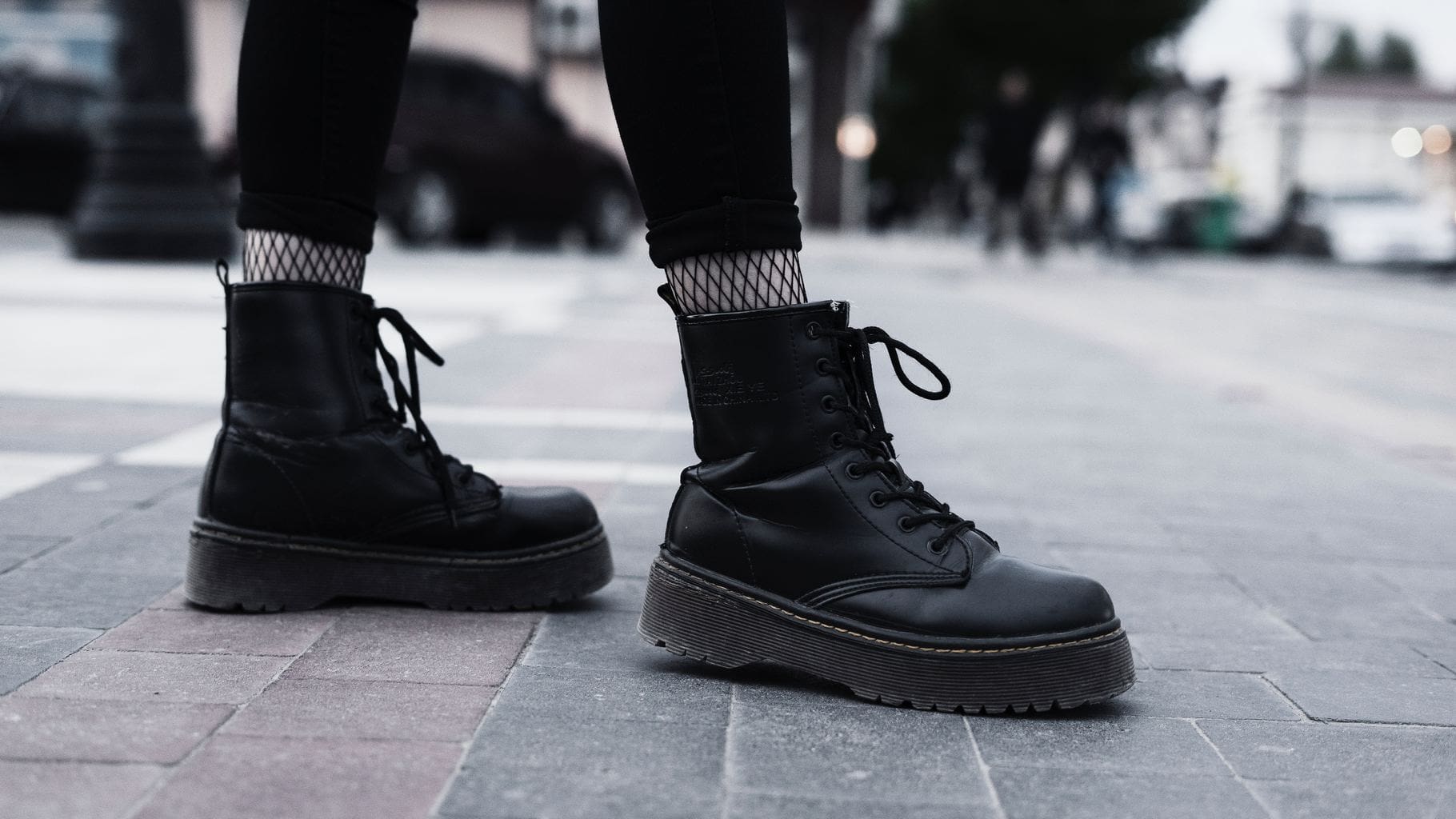From poodle skirts to Instaglam, and cloche hats to bell bottoms, the history of mainstream fashion is well-known to the everyday fashionista. But not all aspects of fashion are mainstream. This semester, I’ll be exploring the history of counterculture movements – and how they differ from the fashion history you already know.

Last time, I discussed goths, a group that emerged in the late 1970s whose fashion and lifestyle choices reflected fascination with the morbid and supernatural. However, their fashion influences start with a slightly earlier movement: punks.
This group of rebellious followers of loud, aggressive punk rock music emerged in the mid-1970s as a reaction to excess and pretension in mainstream culture.
Table of Contents
Influences
While punk is not considered an academic term, the punk spirit has influences in surprisingly complex aspects of culture. Punks, especially in the movement’s infancy, tended towards political anarchism, possibly influenced by dystopian literature such as George Orwell’s 1984; towards working-class sensibilities inspired by the portrayals in Charles Dickens’ novels; towards organized rebellion motivated by the writings of Karl Marx; towards irreverence about popular culture similar to the Dadaist movement in modern art. Punk art commonly contains themes of anti-establishment, minimalism, and satire.
In addition to being inspired by several formal ideologies, punk subculture and fashion was also inspired by several older counterculture movements. In particular, punks wore leather, denim, t-shirts, and chains that were inspired by bikers, greasers, and rockers of previous decades. The beatniks of the 1950s and ’60s contributed a sensibility for all-black, and a disregard for conventional notions of morality.
Fashion
https://www.instagram.com/p/BnQyNa8HyjI
A major part of the punk subculture is a rebellious, do-it-yourself spirit. Naturally, this means that a key part of punk fashion is customized, personalized items. From distressing a concert tee from your favorite band, to putting pins with offensive slogans onto your leather jacket, making your look unique and one-of-a-kind is central to the punk aesthetic.
However, punk fashion varies greatly between location and scene – with trends in London being very different from those in New York or San Francisco, and hardcore punk adopters choosing more functional clothing and shorter hairstyles than their earlier counterparts.
https://www.instagram.com/p/BnJf2eiH9Nv
Punk looks are easily identifiable by their major differences from the mainstream – particularly in their hair and makeup. This could be related to the fact that some punks saw their body as a symbol of their political views and rejection of popular conventions. Mohawks, facial piercings, and brightly colored hair dye were all popularized by punks as a way of rejecting historical concepts of beauty and attractiveness.
Another way that punks used their styling choices to rebel against social norms is through gender expression. Because of this, cross-dressing was common, and wearing androgynous or even highly sexualized clothing was popular for both women and men. This also created new spaces for gender nonconforming and nonbinary individuals to express their identities.
Impact
While most people today aren’t interested in overthrowing the government or wearing safety pins in their ears, the punk subculture introduced several stylistic trends that have now become much more mainstream – such as getting multiple piercings (including nose, lip, or tongue), shaving parts of your head (now in the forms of the side shave and the undercut), or wearing extremely bright hair colors (in fact, one of the most popular brands of fashion hair dye, Manic Panic, was originally sold out of a punk store).
Because of the enduring legacy of the punk subculture, what was originally considered very taboo is now considered edgy and avant-garde, seen on Instagram models and celebrities alike.
Punk can be considered to be the earliest counterculture movement that is still very much relevant today. As such, it has inspired dozens of other movements, such as goths, glam rock, and grunge.
Thoughts?
Are you interested in rebelling against materialism and social norms? What countercultures do you find most interesting? Let us know in the comments below.
